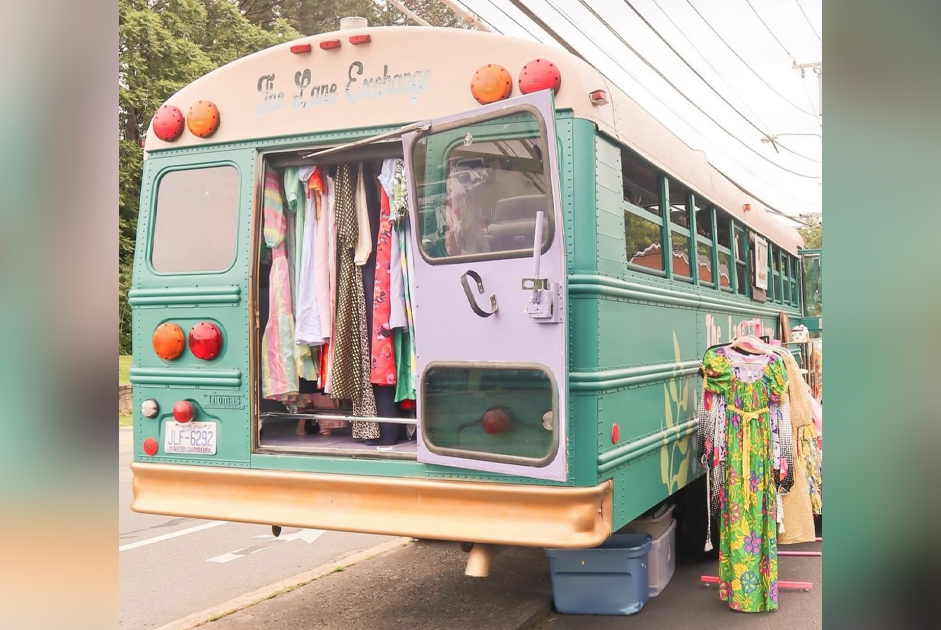Are you dreaming of being closer to nature and yet worried that your living arrangement stifles practical goals? Whether you live in an apartment or townhouse, in the city or suburbs, your current lifestyle does not prevent you from choosing fresh and natural over pre-packaged and chemical-laden. Ready to dive into a fruitful change? You’ll be amazed at the possibilities by investing in your small plot of Earth!
The desire to develop a garden is insatiable! There is very little preventing you from getting started! All you need is creativity and in-depth knowledge of plant companions and the term, intercropping, which means growing two or more crops together to save space.
Measure Sunlight
Natural sunlight is the one factor that will determine whether you have healthy plants and a quality-sized harvest or weak stems and stunted growth. Take a stake and place it in the ground for the location of the future raised bed. Determine whether space offers at minimal six hours of direct sunlight. If eight, then the placement is ideal
Raised Beds
From cinder blocks or non-treated wood, you can design the shape in rectangles or triangles. The benefits of having raised beds with a maximum three-foot width require little time to water and weed. Unlike a garden, the elevated garden remains aerated to attract earthworms and promote health for each plant. Another option is using low but wide barrels. Remember, you have to fill the container with soil.
Tip: Rather than planting in lines, consider triangles.
Think Up, Not Out
The small plot gardener needs to think methodically; therefore, think about the number of crops that can grow on a trellis, tomato cage or bamboo pole. By limiting your space, sugar snap peas, cucumbers, summer squash and zucchini are viable options. Keep in mind heavy fruit require a strong support structure. Tomatoes, for instance, need stakes to support the cage and training to ensure the plant grows straight. When harvesting, pick fruits early to prevent tearing.
Space
Stepping outside the box, think about how to add large pots and hanging baskets to your porch, front steps, walkways and windows. Of course, you can grow lettuce and herbs along frequently traveled pathways. In passing, you can take a minute to water, weed or pick the harvest.
Tip: Plant a small area of lettuce every three weeks to limit feeling overwhelmed.
Say “Yes” to a Fig Tree
Against a south-facing wall, plant a locally grown fig tree. As a slow-grower, the tree is low maintenance. It requires pruning in the spring and protection during the winter months with a bucket full of leaves.
Blueberry or Blackberry Bushes
The climate of North Carolina benefits blueberry and blackberry bushes. You’ll need to plant two in sunny locations. Just ensure the hole is wide rather than deep to allow roots to spread along the surface. Don’t forget to fertilize each spring and fall! And, enjoy those berries!
Composting
With the ability to grow in containers and raised beds, you’ll need access to enriched soil. The environmental way is to start composting. You have options in style and size, affordability or DIY. As long as you balance carbon and protein-rich matter, the result will transform into “black gold.”
Carbon: Think of materials that add two-thirds of the total breathable room, such as branches, stems, dried leaves, peels, sawdust, shredded brown paper bags, shredded paper, coffee filters, crushed eggshells, corn cobs, dryer lint, dog hair and wood ash.
Nitrogen: Any matter that is natural and raw such as lawn clippings, leaves, coffee grounds. (Need one-third only.)
A homeowner’s responsibility is to turn or fluff the compost and add water. Consider placing your composter relatively close to the house. Remember, you’ll want to toss out scraps on a semi-daily basis!
Welcome Pollinators
In creating a “green” yard, you’ll quickly notice the flitter and flutter of a diverse array of pollinators. Enjoy the arrival of colorful birds and hummingbirds! Throw out the welcome mat and provide lodging, washing and eating opportunities, perhaps near a window for privacy.
Tip: Start planning on extending the growing season by installing PVC pipe and five-mil plastic! Despite the small plot of Earth, you can design a colorful, inspiring haven with creativity and methodical planning!


















